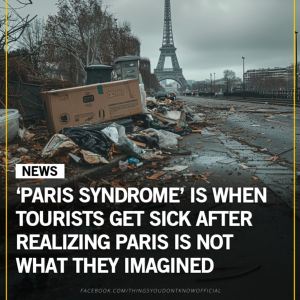On Tuesday morning, live webcams captured a small backyard spark turning into a grey smoke plume that rapidly became a devastating wildfire. Within minutes, thick smoke and flames engulfed dry plants and bushes, escalating uncontrollably.
The wildfire is spreading at an unprecedented speed. LA Fire Chief Kristin Crowley described it as “unlike anything we’ve seen in our lifetime.” Weather conditions make containment efforts nearly impossible. Approximately 179,783 residents are under evacuation orders, with another 200,000 on high alert, according to the BBC.
The Palisades wildfire, the largest in southern LA, has destroyed thousands of homes and businesses. Last summer, Joe Rogan recalled an LA firefighter warning that “the right wind and fire… will burn through LA all the way to the ocean, and there’s not a f***ing thing we can do about it.” That grim scenario now seems eerily close, as five active fires burn across Los Angeles.
Experts link the wildfire’s severity to climate change and last year’s El Niño rains, which fueled vegetation growth that dried out and became highly flammable. The National Oceanic and Atmospheric Administration explained, “Increased heat, extended drought, and a thirsty atmosphere” have significantly heightened wildfire risks.
Adding to the crisis, Santa Ana winds—dry, warm gusts from the northeast—have worsened conditions, making the fires more unpredictable and destructive.





